Rear-wheel drive, zippy engine, competition pedigree, and all in a 1970s saloon: got to be the Ford Escort, right? Wrong. This is the Triumph Dolomite Sprint, a car that is often overlooked when discussing fast family motors of the period.
For some, that’s good news as one glance at the Hagerty Price Guide shows prices for a good Sprint are about half what you’ll pay for an equivalent Escort RS2000. The Triumph also came with a higher top speed than its arch rival, four doors, and a more luxurious cabin. As for competition success, the Dolomite Sprint won the British Saloon Car Championship in the hands of Andy Rouse in 1975, plus many other race wins, and it even proved to be a useful rally car.

All of this tells us the Dolomite Sprint is a car worth of greater scrutiny today. Its story is a convoluted one that dates back to the early 1960s when Triumph was already looking at a replacement for its Herald small saloon. The resulting 1300 and 1500 front-wheel drive saloons were solid citizens, but not exactly exciting. To create a broader range, Triumph then turned this body into a rear-drive model called the Toledo in 1970, offering the 1300 with a shorter boot and the 1500 with full length body. This latter style gave rise to 1972’s Dolomite 1850.
Triumph had designed the 1850’s four-cylinder engine for Saab, with the agreement the British firm could develop the motor as it saw fit when the period of exclusivity for the Swedes ended. The engine was canted over at 45-degrees, allowing for good packaging and the 1850 proved a sales hit thanks to its 100mph top speed and fine handling. It was a prime candidate for more power and Triumph’s Spen King knew this, so he asked Harry Mundy to develop a 16-valve, 2.0-litre version of the motor with an aluminium cylinder head.
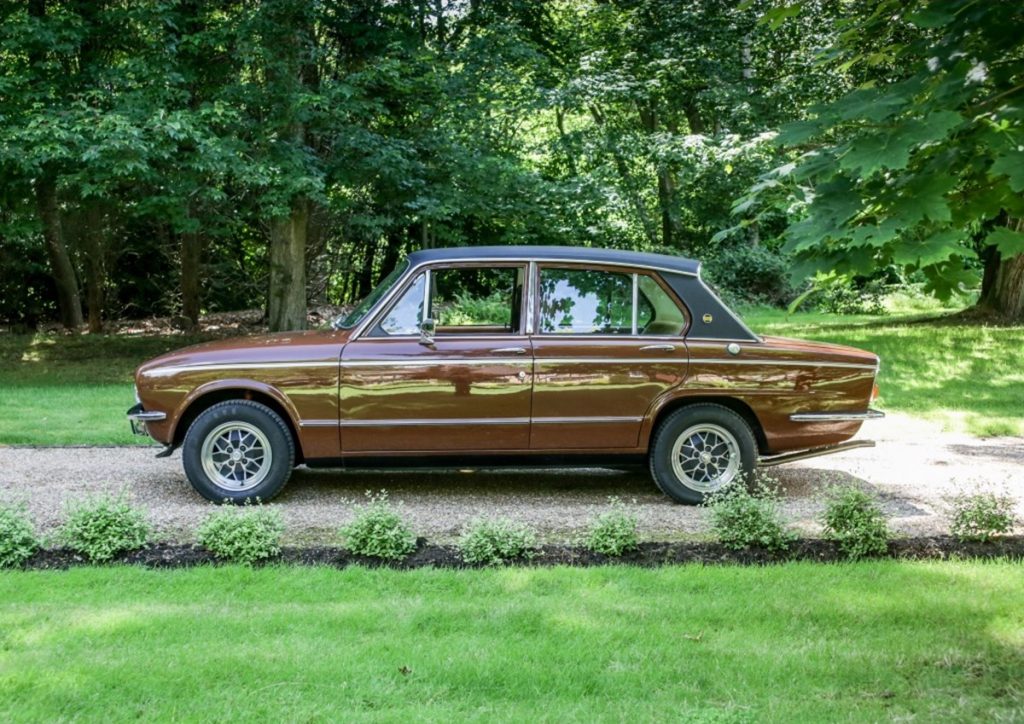
Mundy’s design was brilliant as it used a single camshaft to operate all 16 valves, making it cheaper to produce and more reliable. Early tests showed it could easily produce 150bhp, but in the end it was dialled back to 127bhp for longevity. That gave the Dolomite Sprint a useful 17bhp advantage over an Escort RS2000 and early road tests praised the Triumph for its performance, handling, and cabin comfort. Everything was in place, but the launch had to be delayed due to industrial unrest, so the Sprint didn’t go on sale until 1973, for the princely sum of £1740.
By the time the Sprint went out of production in 1980 along with the rest of the Dolomite range, 22,941 of the 2.0-litre performance saloons had been built. The Sprint was also used by Panther to create the Rio, though some of these compact luxury saloons were based on the Dolomite 1850.
What’s a Dolomite Sprint like to drive?
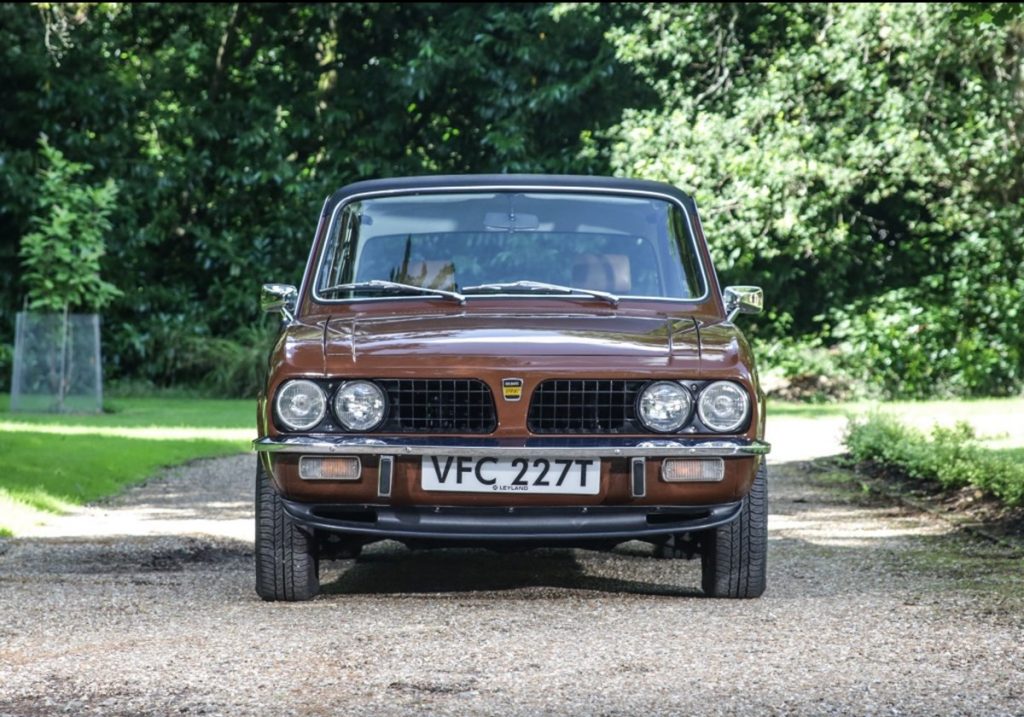
That’s the question any buyer wants to know from anyone that’s driven a Sprint, because they have quite the reputation.
The 16-valve engine is right at the heart of the Dolomite Sprint experience. Its design means it loves to rev and you have to work it to get the best from it. Peak power of 127bhp doesn’t arrive on the scene until 5700rpm and the rev counter is red-lined at 6500rpm. Maximum torque of 122lb ft comes in at 4500rpm, so you can see this is an engine that thrives on being driven hard. Even so, there is still useful power in the lower reaches of the rev band, so it can be driven in a more relaxed fashion around town.
On the open road, the Sprint is no quicker in a straight line than a Ford Escort RS2000, but the Triumph has an ace up its sleeve if you choose a car with the manual overdrive gearbox. (There was a three-speed automatic gearbox available.) With overdrive on the top two gears in its four-speed manual transmission, you effectively have a six-speed ’box. It makes progress on switchback roads rapid and fluid, keeping the engine spinning in its sweet spot. This will put a dent in fuel economy, but on longer runs the Sprint can manage 300 miles between fills.
The gearchange isn’t as slick as that found in the Escort, but the Dolomite has a well-engineered feel, and all of the other controls mirror this. You also get a full deck of instruments to keep an eye on the engine, plus Triumph’s delightful circular multi-gauge directly in front of the driver.
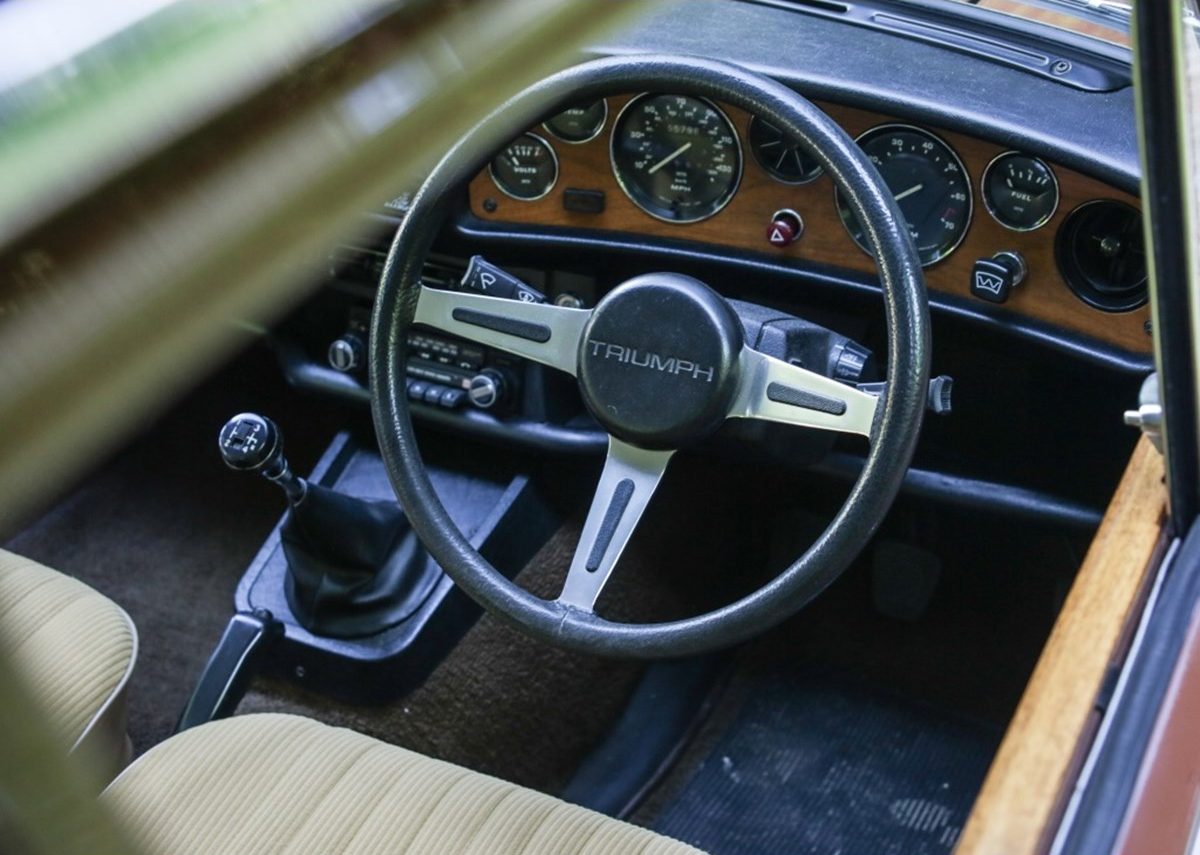
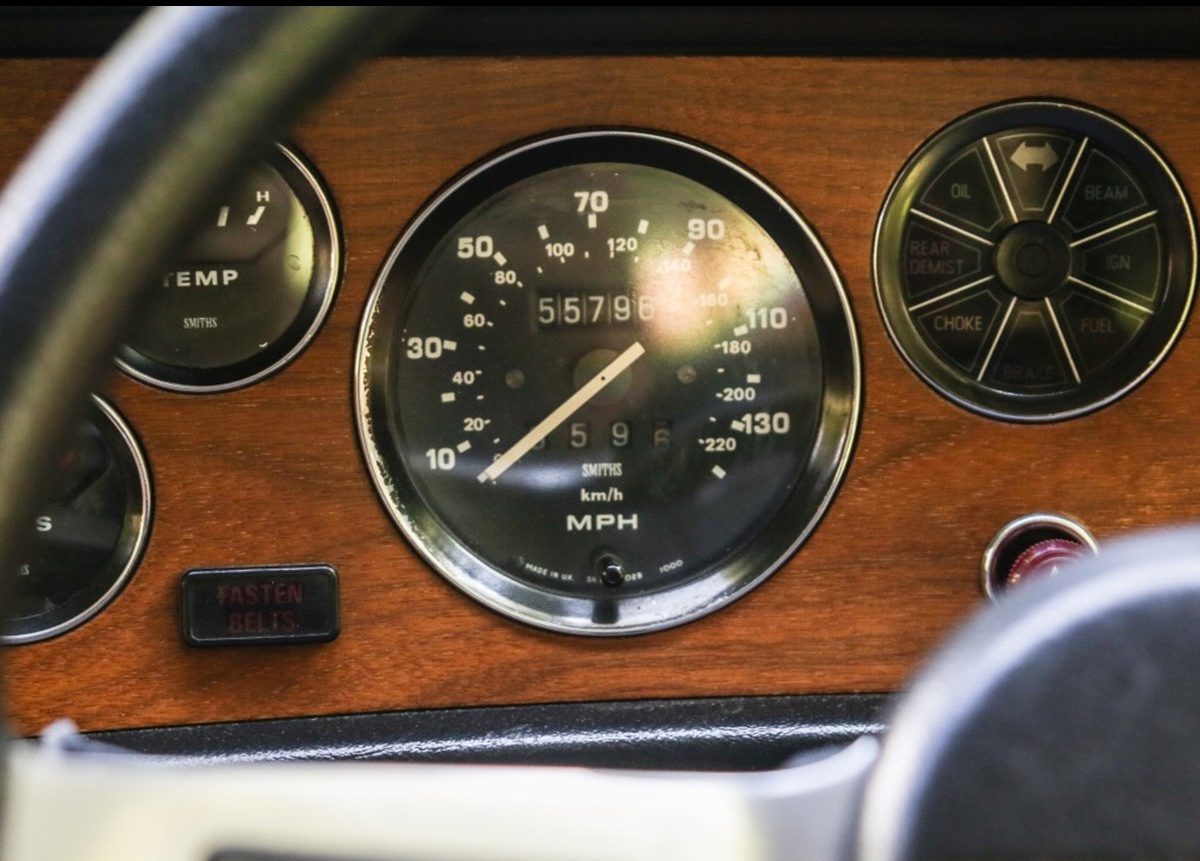
The rear-wheel drive chassis of the Sprint is very similar to the RS2000’s in that you can set up the car through corners on the throttle very easily. If anything, the Dolomite is a little more forgiving on damp roads than the Ford, and there’s good feedback through the non-assisted rack and pinion steering. The servo-assisted brakes offer good pedal feel and there are front discs. At the rear, the Sprint has larger brake drums than the 1850HL, so the 1041kg Triumph stops well.
Riding on 13-inch alloy wheels, the Sprint is fine on smoother surfaces, but you will feel and hear potholes and ridges on more battle-scarred Tarmac. There’s also a fair degree of wind noise at motorway pace, which is similar to the RS2000 and should also point you to check door rubbers and window seals of any car you’re thinking of buying.
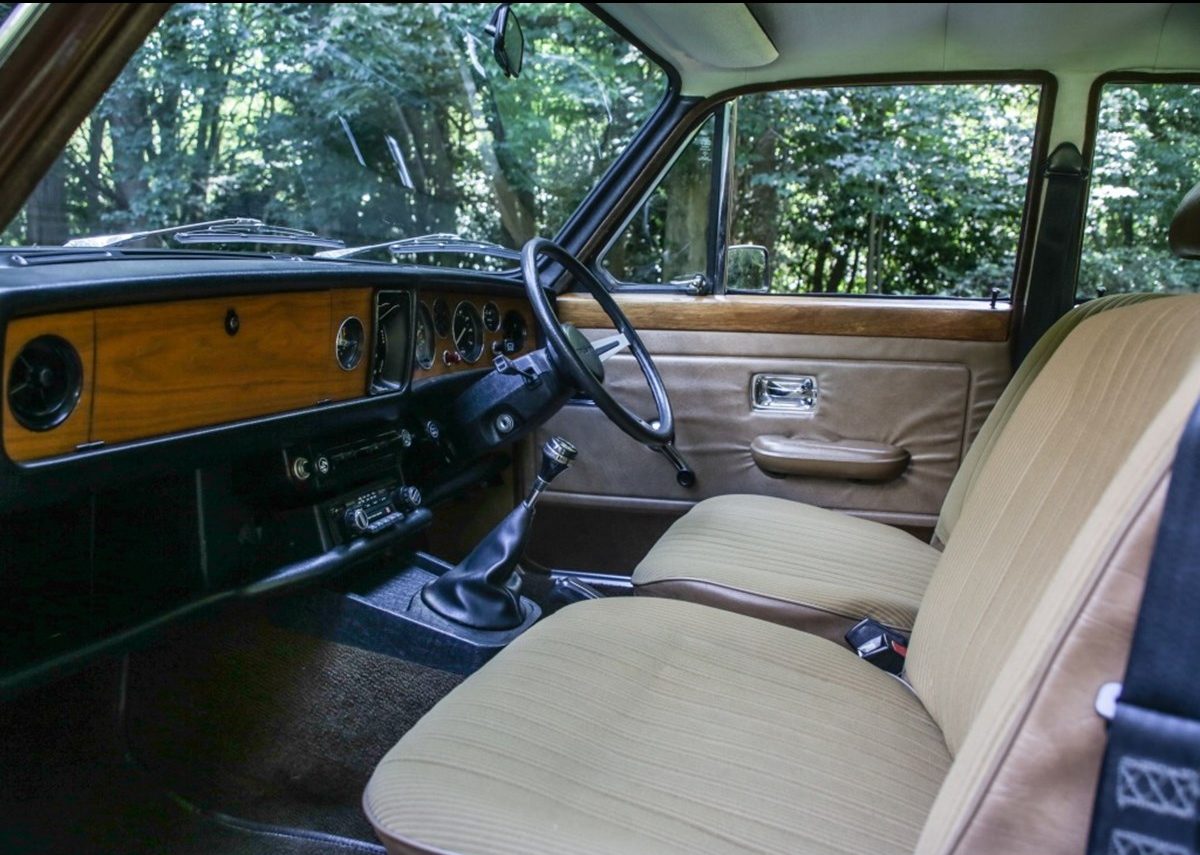
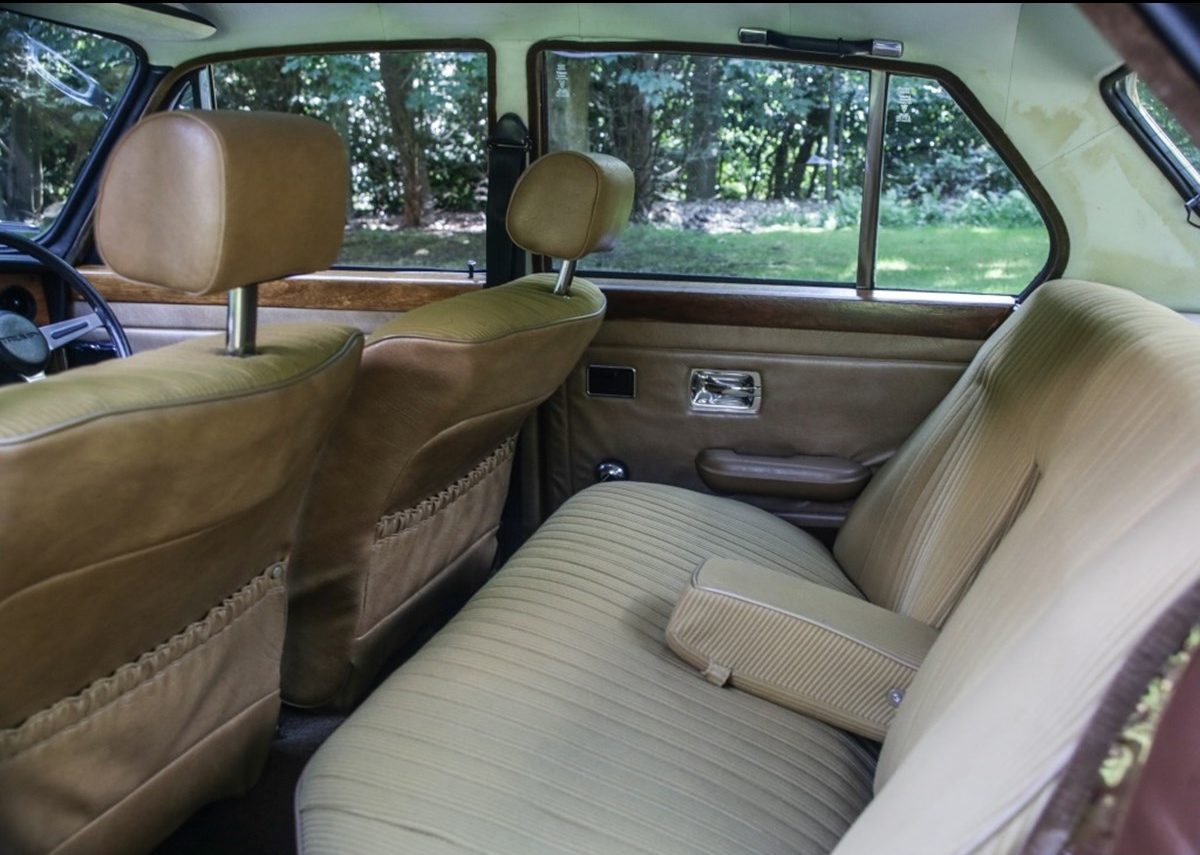
Comfort is a feature of the Dolomite Sprint. Its suspension may be a little softer than an RS200’s, but this pays dividends for lengthier trips. The seats, when in good condition, are supportive and the steering wheel moves for angle and depth to help find the ideal driving position. You also get decent space in the back for the kids, and the boot is plenty big enough to stash luggage or a picnic plus chairs.
How much does a Dolomite Sprint cost?
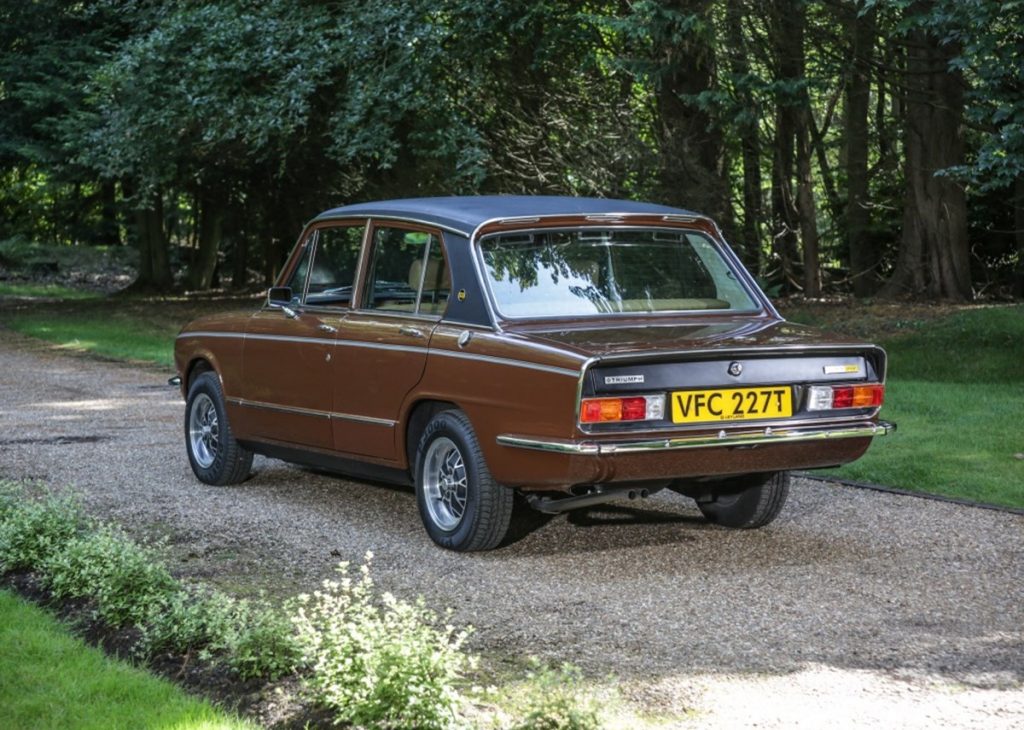
An immaculate showroom condition Triumph Dolomite Sprint will cost around £20,000, which is about a third the price of a concours Ford Escort RS2000. For a very clean Sprint that you might be less concerned about taking out and driving, £11,000 will give you the pick of cars out there for sale. A more cosmetically-challenged Dolomite will set you back £6500 but you will still be able to drive it. Rough and ready cars for restoration are less still.
The Panther Rio is a rare machine, but prices are much the same as for the Sprint in comparable condition. Even racing Dolomites represent great value next to their Ford rivals and a fully prepared circuit racer can be found for £60,000, and you would struggle to build a car to this spec for the money.
With values for the Dolomite Sprint rising, restoration is now much more viable if you need to use professional help. There are several specialists who can work on the Dolomite Sprint and provide parts. There are also uprated components for the suspension, brakes and engine to free up the Sprint’s sporting potential on the road or as a competition car.
What goes wrong and what should you look for when buying a Dolomite Sprint?
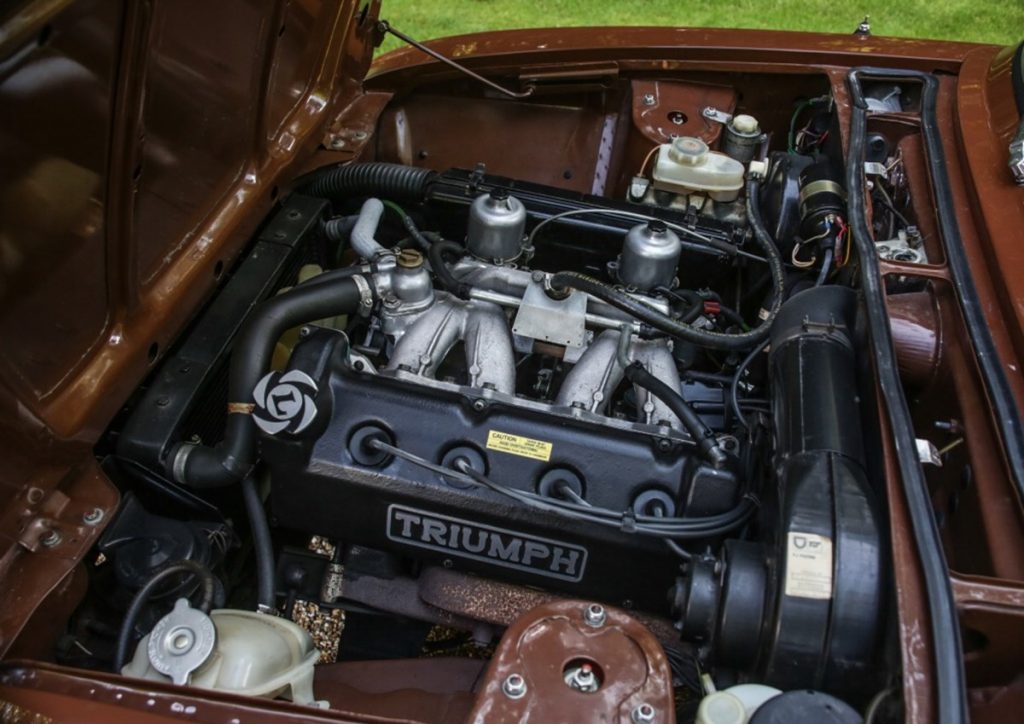
Starting with what the makes the Triumph Dolomite Sprint unique, its 2.0-litre 16-valve engine is strong but likes oil changes every 3000 miles or annually, whichever comes sooner. Listen for any rattles from the timing chain, and check for oil leaks all around the engine, and keep an ear open for any noise from the bottom end that points to a worn crankshaft.
The aluminium cylinder head on a steel block also means care is need to use the correct coolant in the Sprint’s engine. The motor is susceptible to overheating, which results in a warped cylinder head, so make sure the viscous fan works and the radiator is in good condition. Be sure the car has the Sprint-specific radiator installed and not an 1850HL item that is not up to the job. The water pump also needs to be properly shimmed when fitted, which is a job best left to a specialist if you’re not confident with the spanners.
The gearbox is strong, so just check it slips into gear smoothly. If not, worn synchromesh is the likely culprit. However, the ’box is cheap to rebuild. Also ensure the overdrive works on any car fitted with this. One last mechanical point is the steering, where the rack and front suspension bushes wear and introduce slop at the steering wheel. All the parts to cure this are available, as well as uprated components to improve durability and feedback.
Rust is the other big factor when inspecting any Dolomite Sprint. Cars built before 1976 are generally reckoned to resist corrosion better, but given the age of the car it’s a moot point. The main places to look for rot are the wheelarch lips and inner arches, door bottoms, headlight surrounds, bonnet, boot floor, front bulkhead, and front door pillars. You also need to look and feel all over the vinyl roof for any signs of rust lurking beneath. Underneath the car, inspect the chassis rails for damage and corrosion, especially where the front subframe attaches to the car.
Inside, the Sprint has an attractive cabin with real wood for the dash and door cappings. Make sure these are all there and in good nick as replacements are hard to come by. Worn seats are easier to replace with better items than trying to repair as the cloth is difficult to source. Headliners droop, but can be sorted, and door cards warp. Check all of the buttons and dials are present as they are tricky to replace now, and satisfy yourself that all of the electrics work. If not, a poor earth is often at the root of electrical gremlins.
Which is the right Dolomite Sprint for you?
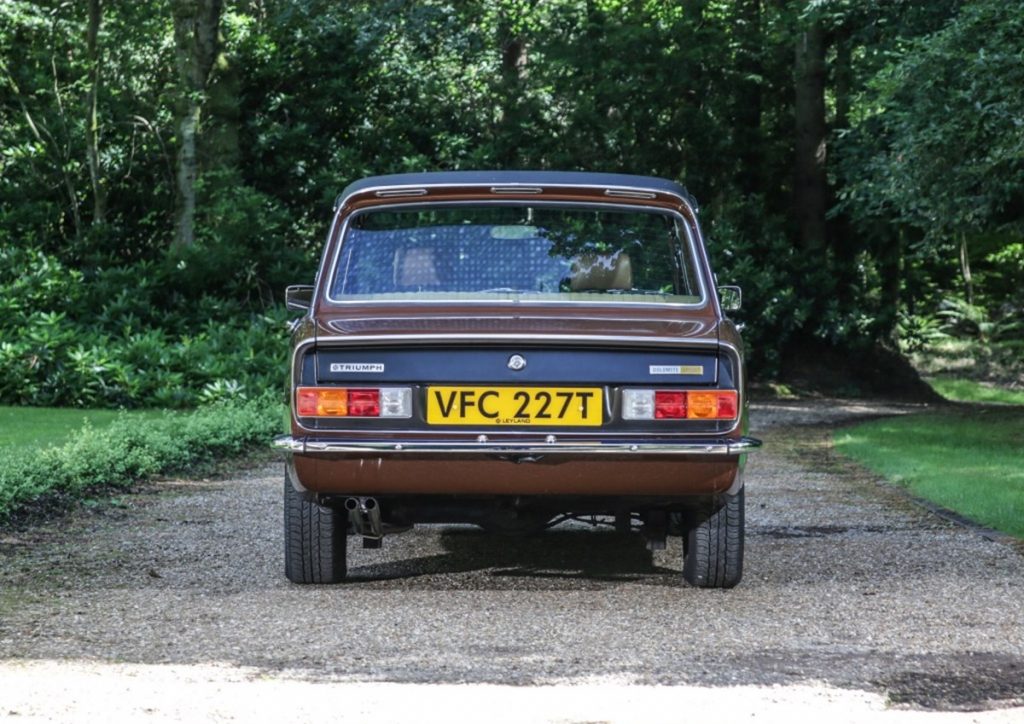
Every Dolomite Sprint uses the same engine and suspension set-up, so choice comes down to whether you want a manual or automatic gearbox. The auto is a three-speed Borg Warner that changes smoothly, but it blunts performance and feels a little at odds with the revvy nature of the 16-valve engine in the Triumph.
Cars with the manual gearbox are much more enjoyable to drive and exploit the engine to its full potential. Non-overdrive models can become a little too buzzy at motorway speeds, so those with overdrive fitted are the most desirable. There’s also something very satisfying to flicking in and out of overdrive in third and fourth gears using the little switch on top of the gear lever.
Choosing a Dolomite Sprint to restore presents more challenges than a fast Ford Escort due to some parts not being available for the Triumph. However, there are several specialists serving the model and active club support.
Read more
Buying guide: Ford Escort Mk1 and Mk2
Outstanding in its field: Maize yellow Escort RS1600 heads to auction
Panther Rio: the downsized executive car that kept oil tycoons high and dry



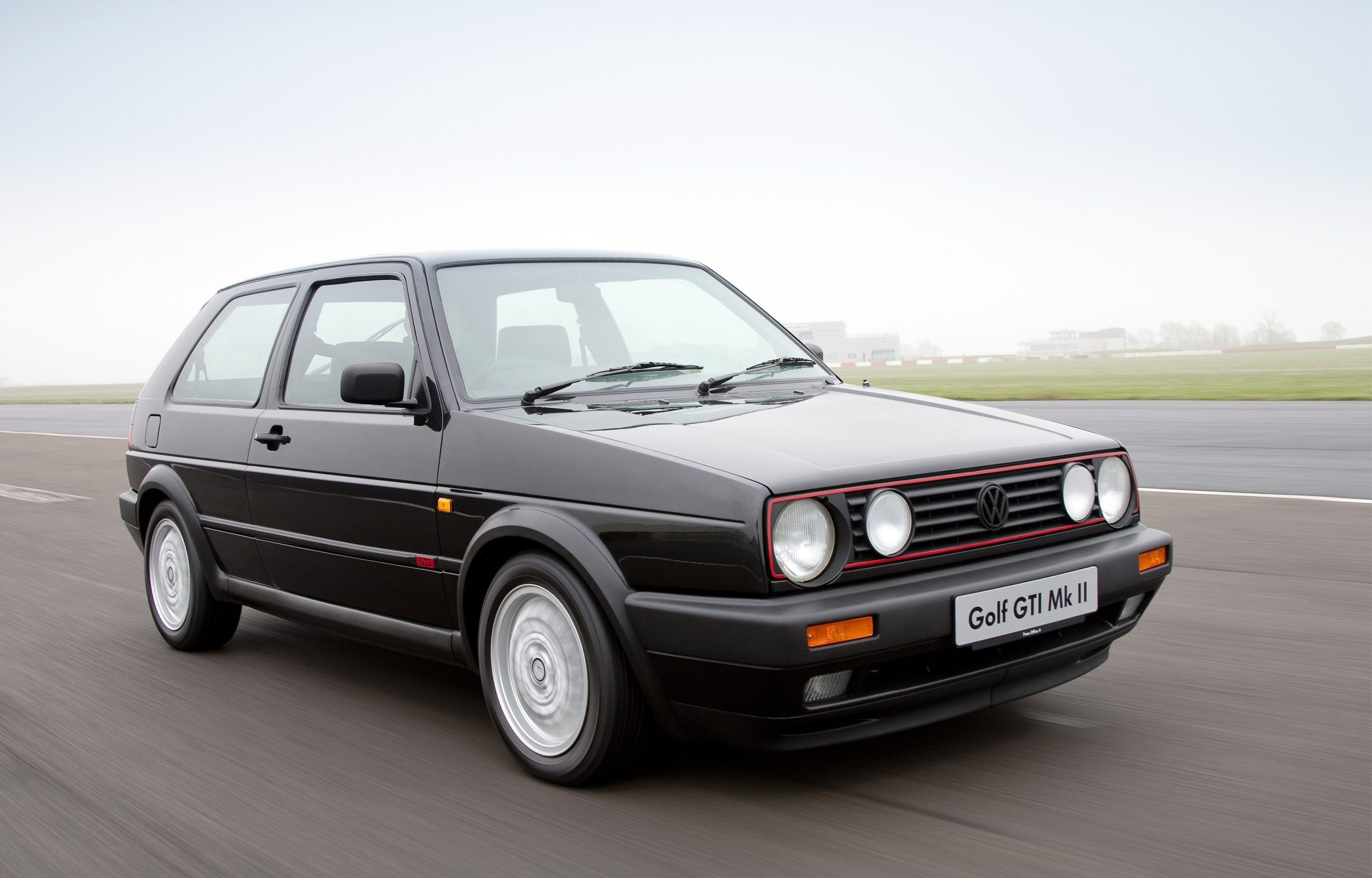





Good to hear about the Dolomite. Sounds fairly close to the ’73 MGB I purchased back in Nov 1973. (GHN5UD327656G) She ran like a scared cat !